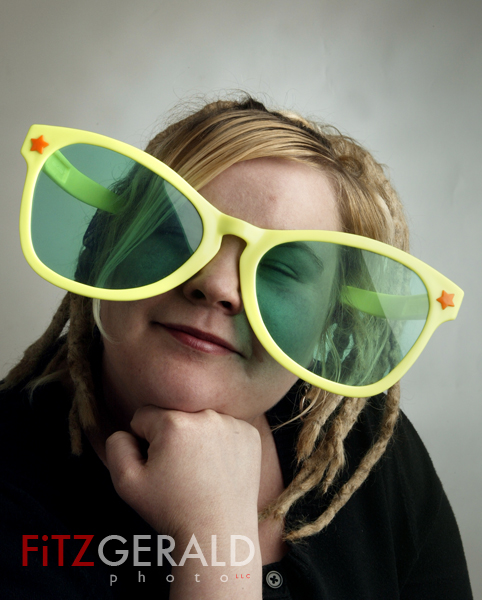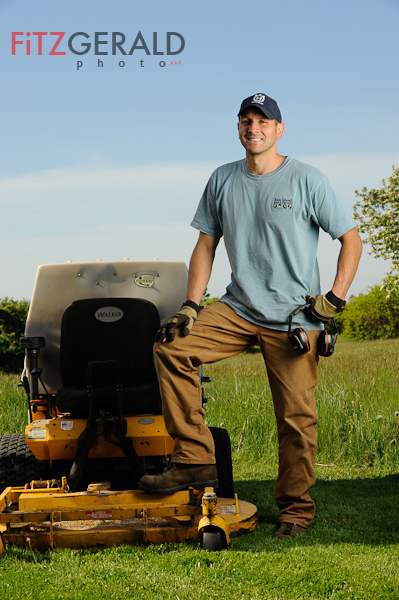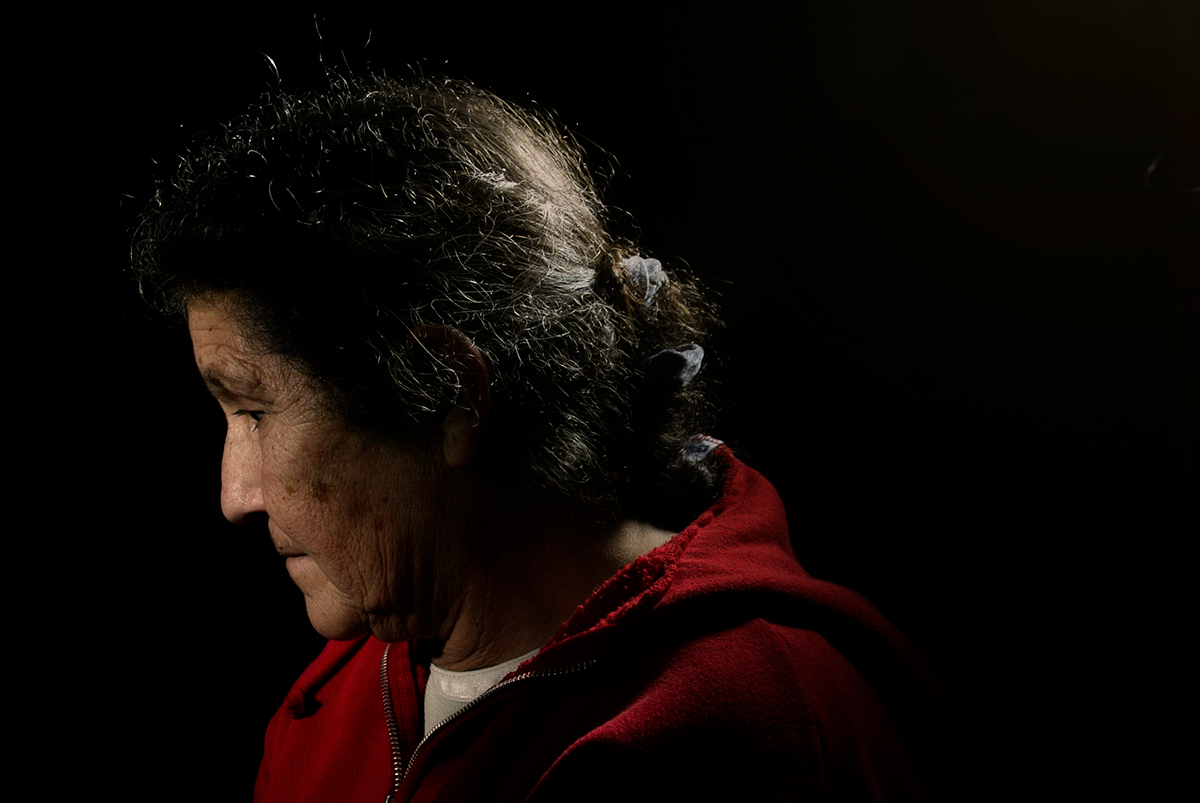
“Make sure you get the mug shot,” I heard my photo editor say as I carefully packed my camera bag, preparing for my first official assignment as an intern with the (now much-diminished) East Valley Tribune in Mesa, AZ. I was a student at nearby Arizona State University, where I was also photo editor of the student-run State Press.
I’d heard the term ‘mug’ before–it was how we referred to the 6 x 9 pica-sized tightly-cropped headshots often run in newspapers and commonly associated with the mug shots of suspects taken and distributed by law enforcement.
There was nothing glamorous, sexy or artistic about them. They were straight-forward and not what I had in my mind as I contemplated all of the possibilities of the now-forgotten assignment I was about to shoot.
But Paul, my photo editor, knew better. A cool, wide-angle portrait that showed a person tiny in the frame, looking off-camera in an angsty way, surrounded by the light and shadows of the environment might play well across three or four columns as a lead image on a page. But if that story jumped to a new page, as it often did, or if we later decided to run additional follow up stories on the same subject, that cool artistic image would be much less valuable. More useful in those instances was a standard, straight-on headshot portrait, or mug shot. I quickly learned that if I took those headshots along with the artistic pretty portraits, I could guarantee a happy photo editor and happy page designers too. Fail to do it, and I found that as the intern I was the one sent back to shoot a 10-second mug shot of a subject because other photographers (or I) had failed to do so the first time around.
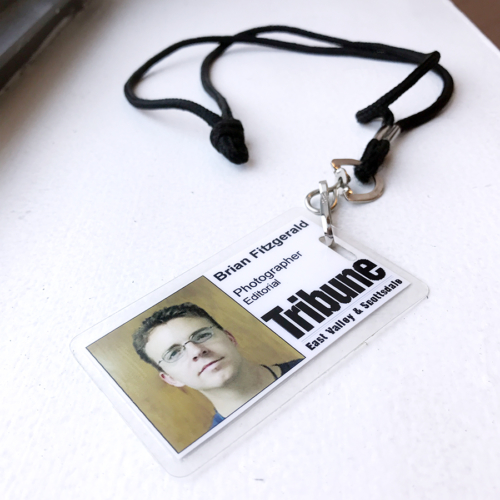
Of the many lessons I learned as a photo intern, this was one I never forgot. It made me think about the practical uses of images, rather than just the artistic merits. Both are important considerations. It also taught me that people have a fundamental desire to see and connect with other people, and that having a mug or a headshot in a story made people much more likely to read it, connect with it and understand it.
That was true then, and it continues to be true in the world of Linkedin, Facebook and online media channels. Rather than a two-second mugshot, I create headshot portraits that take quite a bit more time and care. These headshots are unsung heros that are both simple and indispensible for many professionals. They are the yeoman workers who do the heavy lifting when it comes to a personal or corporate brand. When done well, they promote and propel a brand, build trust and connection, all without shouting, ‘look at me’.
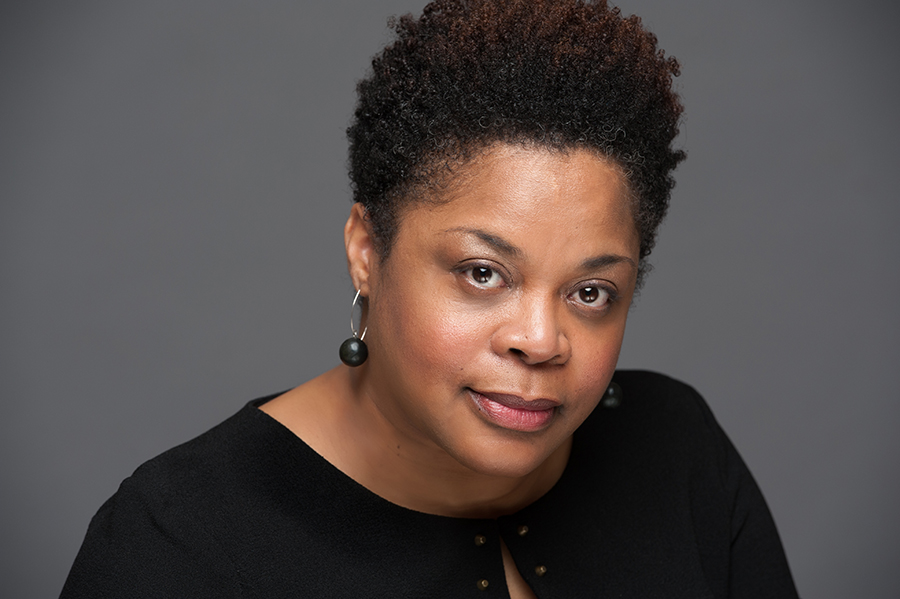
I used to say that a good headshot can’t help you, but a bad one can sure hurt you. In this visual, social media world, when I see a professional profile with a missing or obviously amateur portrait, my mind wonders: is it because you aren’t professional, are anti-social or simply because you can’t be bothered? None are an appealing scenario.
A good headshot is a long way from the ‘mugs’ we used at the newspaper. They are portraits, created with purpose, intent and function in mind. They convey real information and some intangible emotion as well. In short, they leave a few things unsaid so that the viewer can form their own opinion. They are straight-forward, and they communicate, clearly. Instead of being used in a purely utilitarian way, they must shine in their own right. No longer mugs, but finely-crafted portraits.

I have a sister site called Maine Headshot, dedicated solely to these kinds of portraits, mostly taken in-studio. My tagline is, “Portraits that Work”, because a good headshot should do just that–work for a brand 24/7, 365.

